Authentic and delicious: Tupi takes you on a culinary trip through Brazil
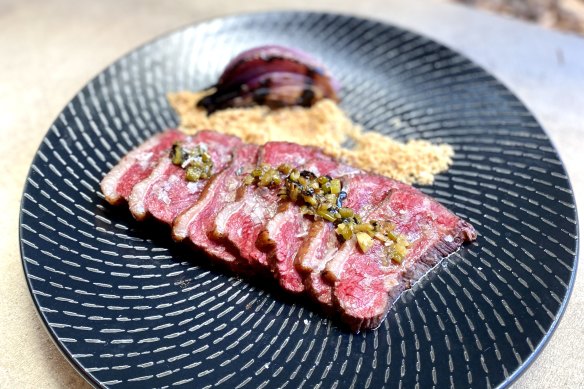
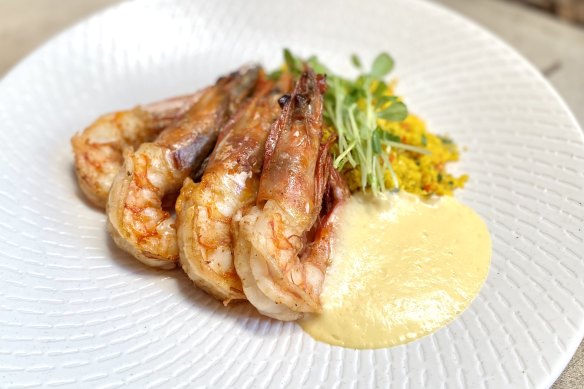
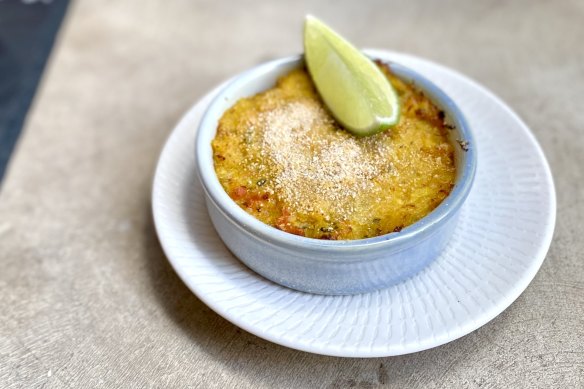
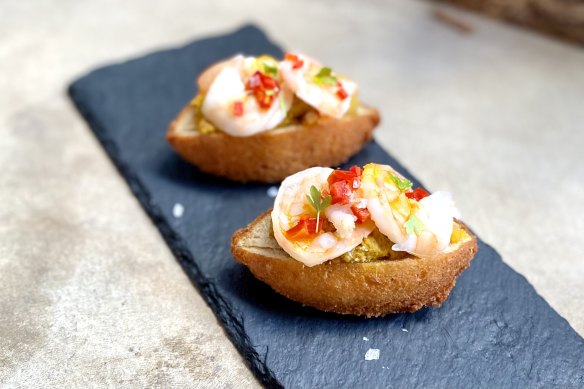
Brazilian$$
Any chef can cook any food – that’s what good chefs do – but if you want food which is authentic, it’s best if a native of the country cooks it.
It’s why Nobu’s dishes are so good because Nobu, a Japanese man, spent a fair slice of his youth in Peru, hence the hugely successful Japanese-Peruvian mashup that makes Nobu a genuinely extraordinary venture.
Want the best Italian food around? Look for an Italian chef. Want American barbecue? Get an old pit master with a southern drawl.
Chefs native to their cuisine bring nuance to their cooking, an understanding of specific ingredients and techniques they’ve probably learnt off their mothers and grandmothers. And they bring passion and, yes, love and pride.
Tupi is a new 60-seat Brazilian restaurant, tucked by the former Flour Factory bar (now reimagined as Arara) as part of a major refresh by owner Andy Freeman.
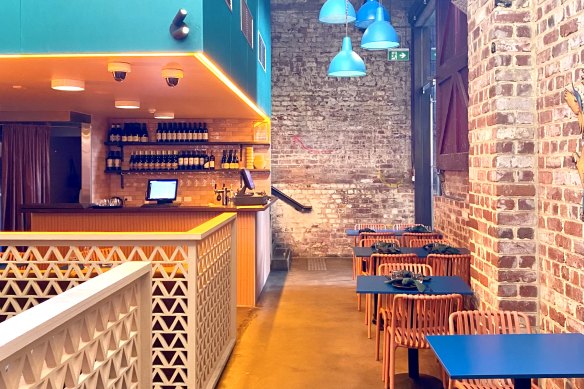
Its head chef is an enthusiastic Brazilian who cooks dishes primarily from the country’s north. Brazil is a massive country, bigger than Australia at 8.5 million square kilometres, and the differences between north and south matter.
Diego Mello cooks tasty food.
His picanha – Brazil’s favourite cut of beef, he assures me – was cooked perfectly rare and charred.
It came with a garnish of farofa, a fine crumble the texture of sand, made from bacon, garlic, onions, cassava flour and garlic. It is apparently a staple in the north. Other versions include banana. There was a further garnish of a quarter of deeply charred red onion. Good plate.
At the top of the meal we ordered casquinha de siri (Brazilian crab cake) which was not a crab cake but a loose and flavoursome dip, crusted on top from a moment or two under the salamander. The flavours? Coconut milk, garlic, onions, tomatoes and, of course, crab. It was served in a small ramekin with a wedge of lime. Tasty.
Acaraje was a large quenelle of caruru meal (made with ground black eye peas). Imagine a dense cake. It is fried and then split. Inside the split was an okra paste and a couple of prawns.
This dish is the number-one handheld street food of the north of Brazil and, like most street foods in poorer communities, it is stodge designed to fill you up and keep you going at your daily labours, in the same way Africans use maize meal to provide energy and a full belly.
There’s no second-guessing its authenticity but it’s perhaps a bit too stodgy for many of us.
Mind you, it’s not all bad: we had to drink more to get it down. Flavours were mild.
Our pisco sours arrived. Pisco can be a harsh, high-alcohol punch in the face which leaves you gasping with a burnt throat and desperate cries for your mother.
It makes the legendarily coarse and disturbing Lebanese spirit, arak, taste like lemonade. However, like all spirits, the more expensive you go, the mellower and lovelier it becomes.
Thank God they make their piscos from a top-shelf version of this Brazilian rocket fuel. It was comparatively mild but retained a super-present pisco taste. The bar also uses aquafaba, the plant-based egg-white substitute used by many bars these days to make sours.
Its use probably started out as a sop to the world’s most demanding diners – vegans – but it has none of the eggy flavour which can often be off-putting in sours. Bravo. Nice drink.
We noticed the barman for the first time.
New Zealander Shannon Staiger, 22, has a massive fern leaf tattoo on his right forearm. On closer inspection the leaves of New Zealand’s most famous floral emblem are made up of soldiers in silhouette, World War I soldiers with their distinctive Brodie helmet and .303 rifles.
“To pay tribute to the ANZACs and their sacrifice.”
Shannon is a great drinks maker.
Camarao was a bunch of four big prawns lightly grilled and served simply with lime hollandaise and cuscuz, which is like couscous but made with corn flour rather than wheat flour. Gluten haters rejoice.
Cuscuz nordestino, to give it its proper name, is a traditional dish from the north-east region of Brazil made with corn flour, salt, manioc starch, and water or coconut milk.
The prawns were timed perfectly, moist and tender. There’s no lavish spicing or seasoning involved, it’s pretty much what it is.
The wine list is acceptable for this restaurant’s mission: five sparklings, 13 whites, a couple of roses and 16 reds.
It’s clear many of the wines were created specifically for this menu. In other words, it’s not a cookie-cutter list.
There’s some Chilean, Argentinian and Spanish wines, but importantly, they’ve sourced compatible wines from local producers, like the Hedonist Ecology Grenache from McLaren Vale and Single File’s Great Southern Tempranillo from WA.
We enjoyed it enormously, as much for the wine and cocktails and extraordinary service as for the food.
The low-down
15/20
Cost: entrees, $14-$21; mains, $35-$47; sides, $10.50-$15; desserts, $14-$16.50.
